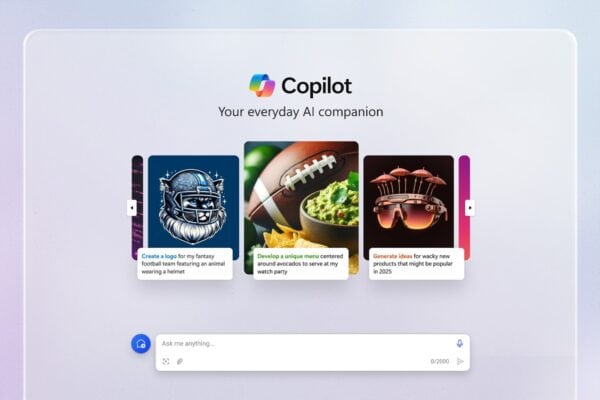Today I will be talking about a script which my son Angus @FrostedFright has made for port range forwarding. If you don’t already know about setting up NAT and port forwarding via Routing and Remote Access tool then you should check out my previously blog that is called, “How to build Hyper-V nested VMs with multiple IP addresses Port Forwarding at Azure” and you can come back to this blog so you can understand this subject clearer than if you didn’t check out my previously blog. You should think that it is now easy to make multiple port forwarding, but it is a lot harder to use port range forwarding instead. Let’s get started with this tutorial!
- Go inside of the Routing and Remote Access tool by clicking on the Windows button, go down to the Windows Administrative Folder and click on the program.
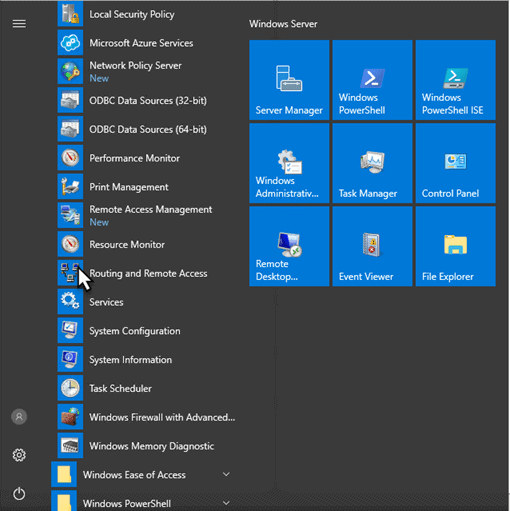
Windows Administrative Folder
2. Now that you are in, you should right-click your Ethernet Network and go into properties<Services and Ports
(the Ethernet Network name is found by going into Control Panel>Network and Internet>Network Connections)
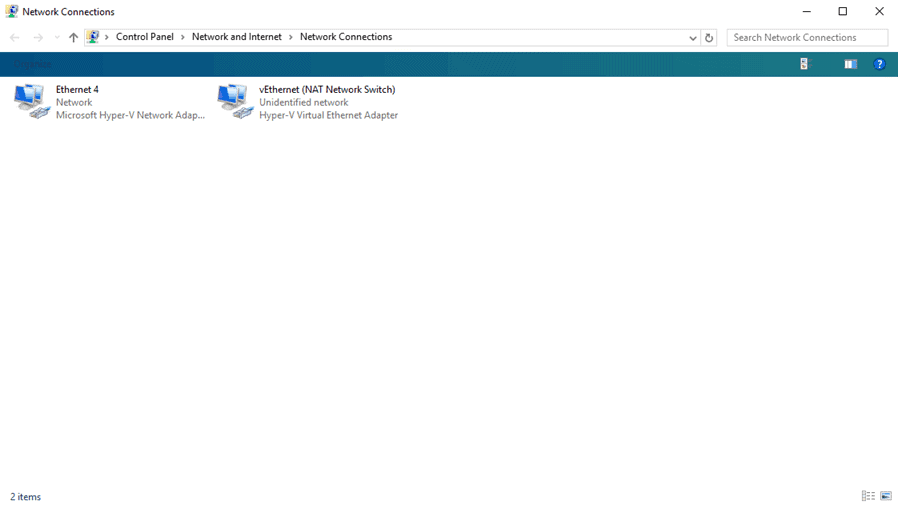
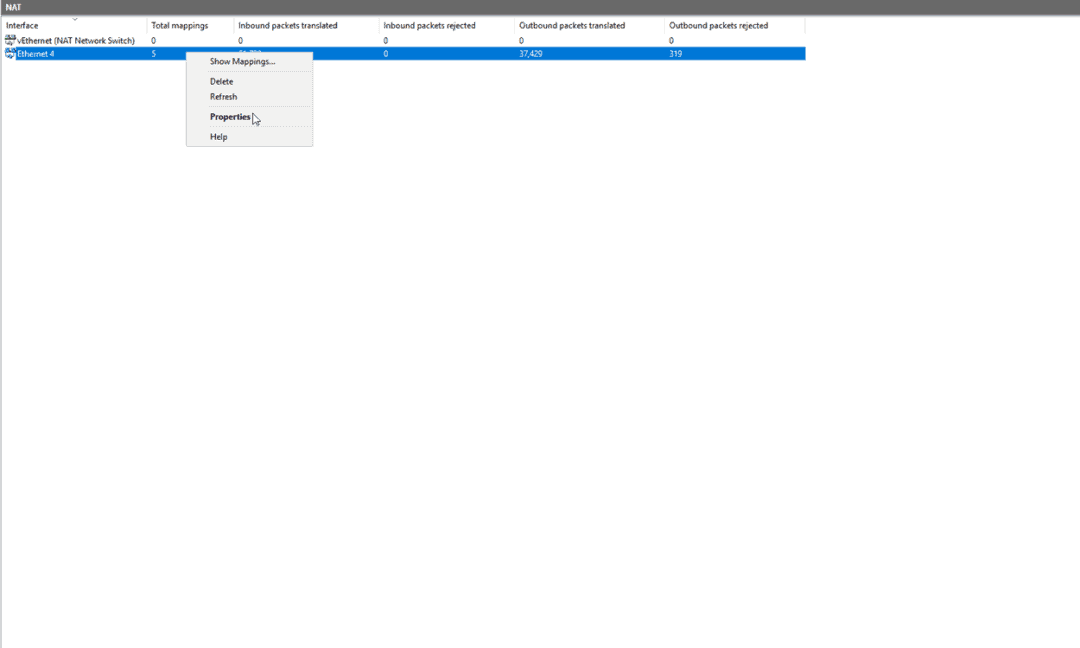
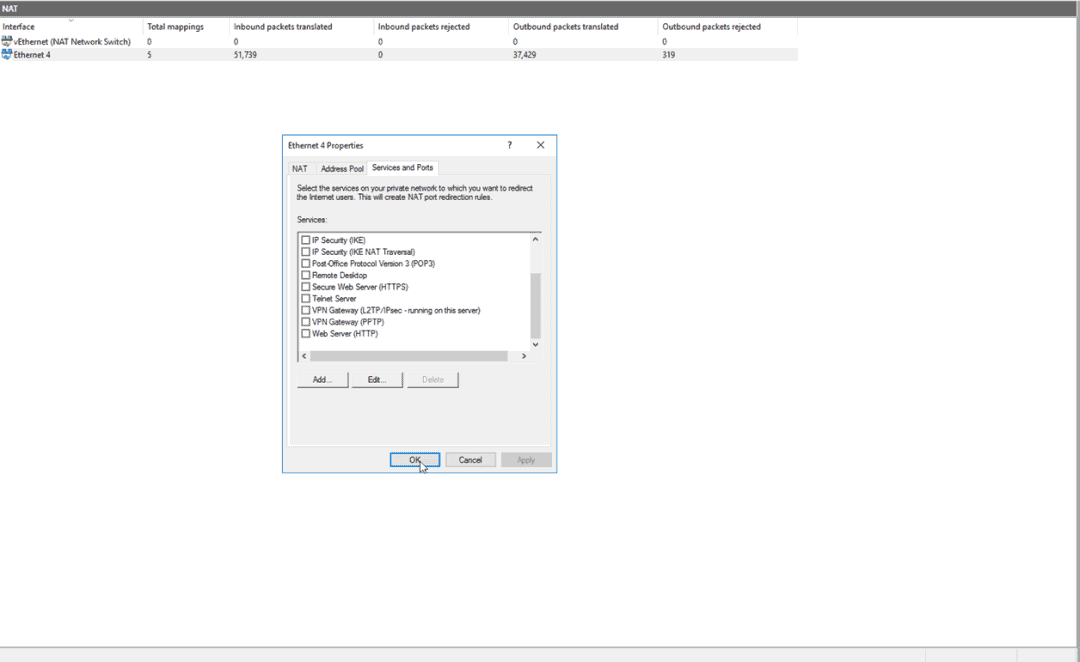
NAT
As you can see, there are no custom ports but that is going to change soon. You can now press on OK
3. Now you can go into PowerShell ISE and create a new script
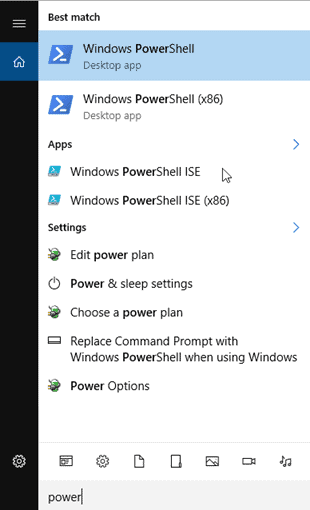
Search
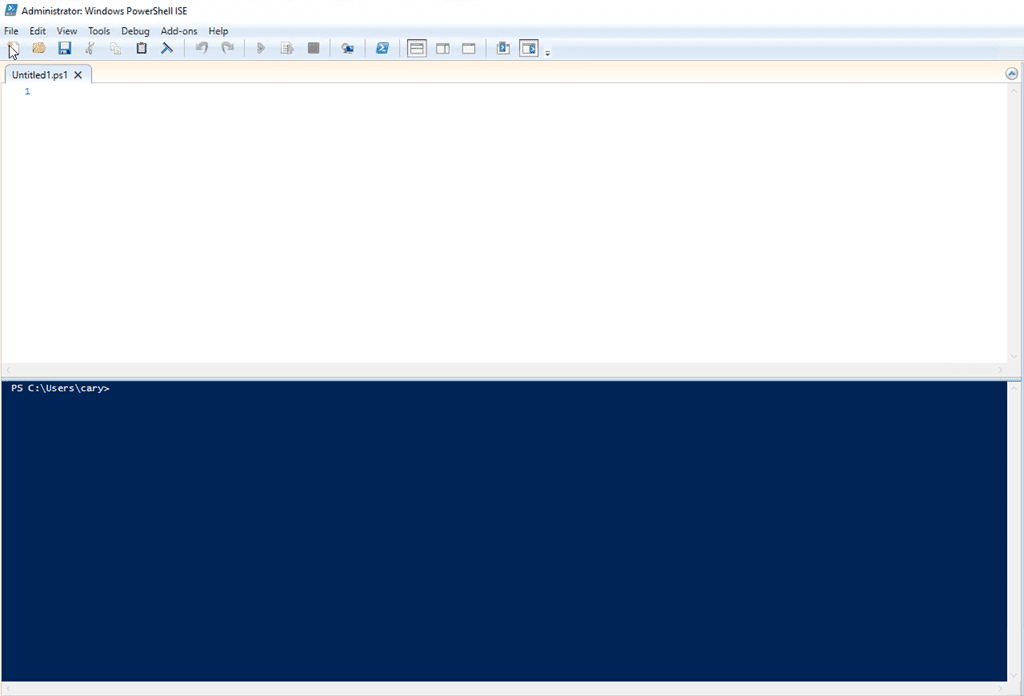
Administration
Now, you can paste this script in
$Port=1000 </span>
$HostInterfaceName="Ethernet 4"
$Protocol="TCP"
$PublicIP="10.10.1.101"
$PrivateIP="192.168.100.101"
for ($Port=1000; $Port -le 1010; $Port++)
{netsh routing ip nat add portmapping name=$HostInterfaceName proto=$Protocol publicip=$PublicIP publicport=$Port privateip=$PrivateIP privateport=$Port
}
Basically, the port starts at 100 and the HostInterFace name which is the name of your Ethernet Network. The Protocol was TCP, the public IP was 10.10.1.101 and the PrivateIP was 192.168.100.101.
for ($Port=1000; $Port -le 1010; $Port++)
{netsh routing ip nat add portmapping name=$HostInterfaceName proto=$Protocol publicip=$PublicIP publicport=$Port privateip=$PrivateIP privateport=$Port
}
This is the repeatable command which makes the whole script work. All the other things above are just to shorten the statements for them. Basically, this command helps you vary the ports for example if you set the ($port=1001 then it will start at 1001, all you have to do is change the value and you can customize it by yourself! If you want it to end at a certain number, then at the part where it says $Port -le 1010; $Port++) you have to change the 1010 to a certain number that is above the first number.
Let’s run the script and see what happens. Once you are done running the script you can check either using the Routing and Remote tool and right click the Ethernet Network and go into properties and click on the Services and Ports tab. If you don’t see any additions, you should first refresh your Ethernet Network and it should be good to go! This is what it would look like if it had worked.
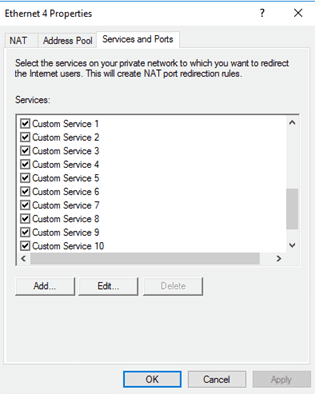
Ethernet properties
netsh routing dump
This will let you see the services more faster in a slightly more detailed and fast manner as you can see in the picture below.

PowerShell prompt
Just type in the command, scroll up a little bit and you will find this!
Overall, this is just a fast and easy way to be port range forwarding even 1000 configurations! It just takes less time and more efficient for your needs.
I hope you all enjoyed this tutorial and I will be seeing you inside of the next blog!
Twitter: @SifuSun
About the Author:
Cary Sun is a Principal Consultant, He has a strong background specializing in datacenter and deployment solutions, and has spent over 20 years in the planning, design, and implementation of network technologies and Management and system integration.He hold CISCO CERTIFIED INTERNETWORK EXPERT (CCIE No.4531) from 1997. Cary is also a Microsoft Most Valuable Professional (MVP) and Cisco Champion, He is a published author with serveral titles, include blogs on Checkyourlogs.net, author for many books.
Specialties: CCIE /CCNA / MCSE / MCITP / MCTS / MCSA / Solution Expert / CCA
Personal website: http://www.carysun.com
Blog: http://www.checkyourlogs.net
Twitter:@SifuSun
Reference:
Sun, C. (2018). Script For Port Range Forwarding In Azure #Azure #NAT #Microsoft #MVPhours. Available at: http://www.checkyourlogs.net/?p=59753 [Accessed: 28th February 2019].



